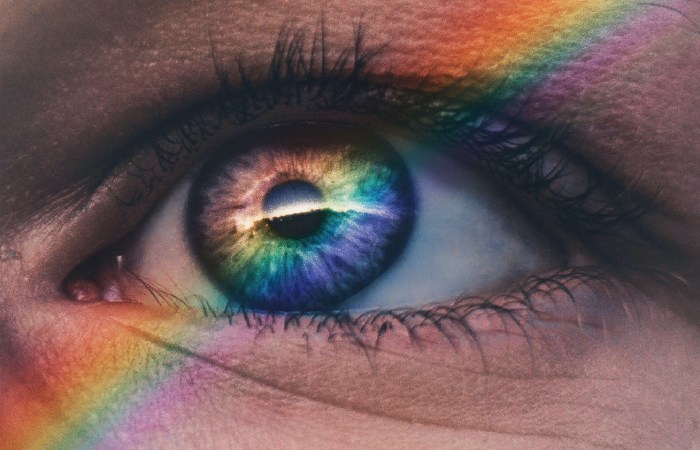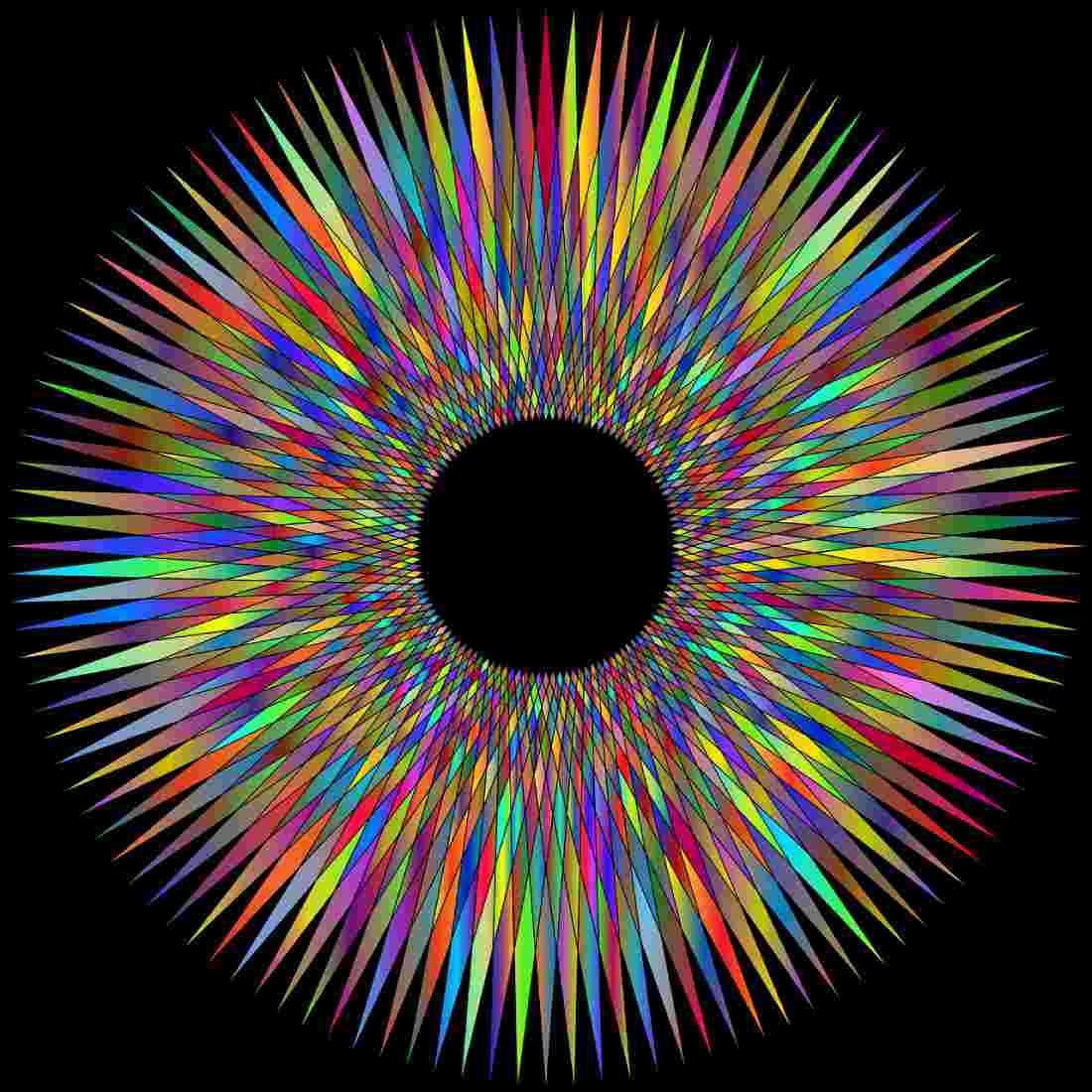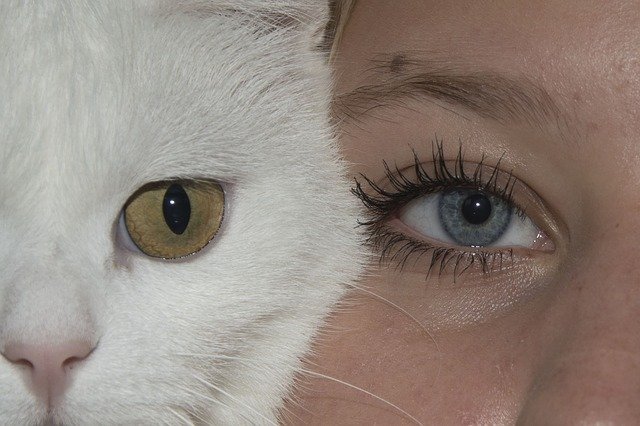Table of Contents
About Eye Color
Eye Color results from pigmentation of the iris structure, which surrounds the small black hole in the centre of the eye (the pupil) and helps control how much light can enter the eye. The color of the iris ranges on a continuum from very light blue to dark brown.
Most of the time, eye color is categorized as blue, green/hazel, or brown. Brown is the most frequent eye color all-inclusive. Lighter eye colors, such as blue and green, are found almost exclusively among people of European ancestry.
Factors of Eye Color
Variations in a person’s genes determine eye color. Most of the genetic factors associated with eye color produce, transport, or store a pigment called melanin.
Eye color is directly associated with the amount and quality of melanin in the front layers of the iris. Persons with brown eyes have much melanin in the iris, while people with blue eyes have much less pigment.
A particular region on DNA 15 plays a significant role in eye color. There are two genetic factors located very close together within this region: OCA2 and HERC2. The protein produced from the OCA2 gene, recognized as the P protein, is involved in the maturation of melanosomes, cellular structures that make and store melanin.
THEREFORE, the P protein plays a crucial role in the amount and quality of melanin present in the iris. Several common differences (polymorphisms) in the OCA2 gene reduce the amount of functional P protein produced.
Less P protein resources with less melanin in the iris are necessary to blue eyes instead of brown in people with a polymorphism in this gene.
Eye Color Develops
The colored part of the eye is named the iris, which has pigment that regulates our
At one time, brown eye color was careful “dominant”, and blue considered a “recessive” trait. But modern skill has shown that eye color is not that simple.
Eye color isn’t just a blend of the parents’ eye colors, as in mixing paint. Each parent has two genes on each chromosome, and multiple possibilities exist for how this genetic evidence is expressed in eye color.
And Early in life, Eye color can alteration
Most non-Hispanic Caucasic babies are born with blue eyes that can blacken in their first three years of life. Darkening occurs if melanin, a brown pigment regularly not current at birth, grows with age.
Children can have different eye colors than either of their parents. But if both parents have chocolate eyes, it’s most likely that their children also will have brown eyes.
The darker colors dominate, so brown tends to win out over the green, and green plants win out over the blue.
However, a situation where one parent has brown eyes and the other has blue eyes doesn’t automatically produce a brown-eyed child.
Some children are born with flags that don’t compete in color. Usually, this disorder — called heterochromia — caused by faulty developmental pigment transport, local trauma in the womb or shortly after birth or benign genetic disease.
Other causes can be irritation, freckle (diffuse nevus) of the iris and Horner’s syndrome. If you notice an unusual don’t wait to see your eye doctor.
Changes In Eyes
The iris is a muscle that develops and contracts to regulator pupil size. The pupil expands in regulator lighting and grows smaller in brighter lighting. The pupil also therapists when you focus on near objects, such as reading a book.
When the pupil size changes, the colors in the iris bandage or spread apart, changing the bit.
Certain emotions also can change both apprentice size and iris color. That’s why some individuals say their eyes change colors when they’re angry or loving.
Changes

Eye color also can change with age. This happens in 10 to 15 per cent of the Caucasian population.
For example, my once very brown are hazel, a mixture of brown and green. However, some hazel eyes get darker with age.
If your model changes dramatically, or if one varies from brown to green or blue to brown, it’s essential to see your eye doctor.
Its changes can be a cautious sign of certain diseases, such as Foch’s heterochronic iridocyclitis, Horner’s syndrome or pigmentary glaucoma.
Eye Color and Shape Say About Your Health
There’s nothing like imagining what your unborn baby will look like before they enter the world. Inappropriately, there is no way to know what your little one will have. Even a chart can’t tell you with 100 per cent certainty.
Recent research says a lot extra than parents affects babies’.
These rules show some of the more likely situations
Two blue-eyed parents are very prospective to have a blue-eyed child.
Two brown-eyed parents are extra likely to have a child with brown eyes. Suppose one of the grandparents has blue eyes, the chances of having a blue-eyed baby increase somewhat. If a unique parent has brown eyes and the extra has blue eyes, eye color is more a tossup.
Conclusion
Hence, eye color is an inherited trait, and it is a bit more complex than looking at a chart: Mom’s eyes + Dad’s eyes = Baby’s eyes. The genes associated with producing and storing melanin is the amount of pigment occurring in the eye’s hair, skin, and iris. Given the latest research, 11 genes contribute to the color of those adorable peepers.
Also Read: Yuppie – Definition, History, Fashion Style, And More


